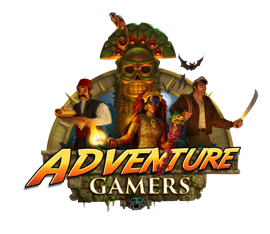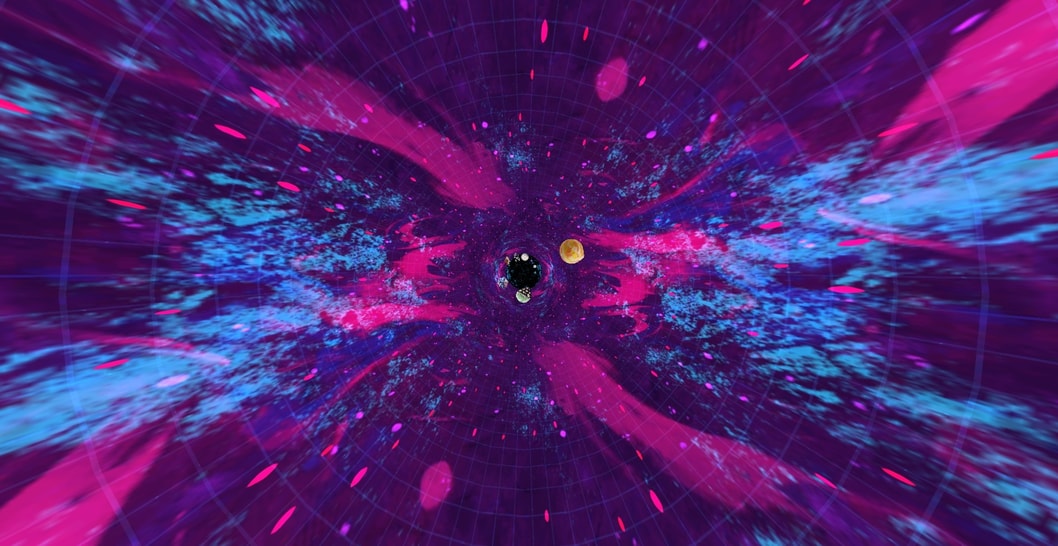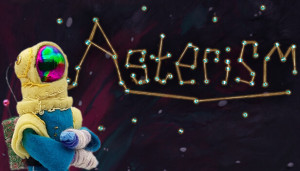Review for Asterism
Game information
Asterism reminds me of an art CD-ROM from the 1990s, when CD-ROMs were considered “new media” and had their own section in book and software outlets – and if it had been released as such, would probably have gotten critical attention as a “significant new form.” It’s not exactly a game (although I’ve given up trying to define what is and isn’t a game). The Scottish developer, Claire Morwood, calls it “a playable indie-rock concept album set in outer space.”
You play as Ruby, a scientist based in a lab on the sun in a solar system that is obviously not ours. Having spent years trying to decipher curious signals from planets within the system, she decides that she needs to visit each of them to learn more. So she embarks on her space ship, the Solar Flare, to do just that.
Each planetary visit unlocks an alt-rock song, quite well done, but mostly fairly surreal in terms of lyrics (though one obviously refers to Brexit, and not in a happy way). The visuals – created by Morwood – are trippy and diverse, using claymation, drawn images, crochet, CGI, origami, photography and video – very diverse in terms of the media it utilizes. In essence, each planet offers a music video that references and dovetails with the theme of the song, but each one is very different from the others, and the graphics are at least as surreal as the music.
Between each planet, there are messages from others from your home-base solar lab that advance the story; but really, this is about the music and the visuals that accompany the music, with narrative on the side. There are minigames in most sequences, often involving navigation through the music video landscape. One is a kind of no-risk shmup, another a rhythm game – but they’re fairly irrelevant in a way, permitting a degree of videogame-style interaction. You can, if you wish, totally ignore them and progress without engaging with them, simply listening to the music and observing the graphics. (Although there are some achievements for successfully completing the minigames). I often treated them as distractions, wanting to read the subtitles for the lyrics more than caring about whether I flew through the next hoop in the visuals, or hit the right buttons in the rhythm game.
At the end of each song/level, you have a story bit, then “decode” the music to produce a painted image, and dispatch both the song and image to your home lab, then look through surrounding space to find the next planet to engage with.
This is clearly Morwood’s vision and passion, though some others are credited; she wrote and performed the songs, and created the visuals, often with analog media like drawn art, clay models, and crochet. It’s a unique, and uniquely strange experience, and I don’t think “significant new form” is an exaggeration. It’s unlike anything I’ve ever encountered or played before, and I think that’s a good thing.
That being said, if you’re looking for AAA graphics or a compelling narrative experience, look elsewhere; but if you’re looking for true innovation in indie games and an amazing personal passion project, this is pretty fantastic. I look to indie games for innovation, and am quite often disappointed; I don’t need to play another survival game or deck-building battler, thanks. Asterism is barely a game, but innovative for sure, and well worth your time if you’re willing to engage with an entrancingly dynamic art project.
Our Verdict:
Asterism is a surreal, handcrafted fusion of music and visuals that pushes interactive art forward, though its minimal gameplay and loose narrative may not suit everyone.

























